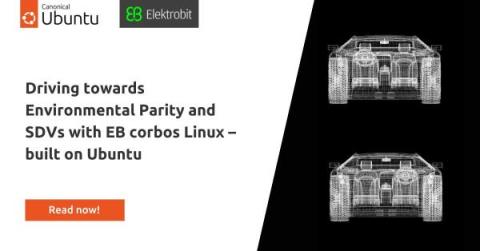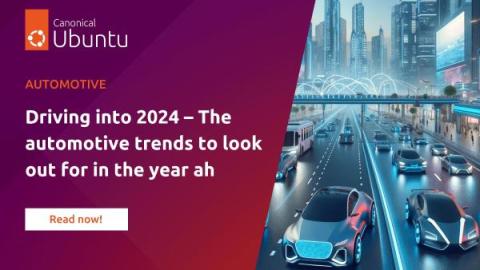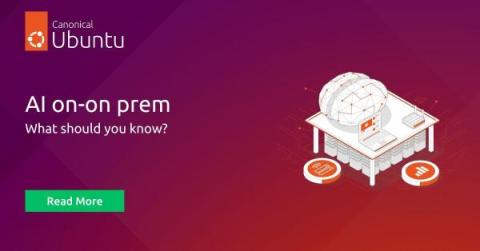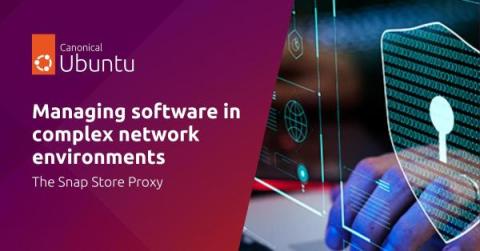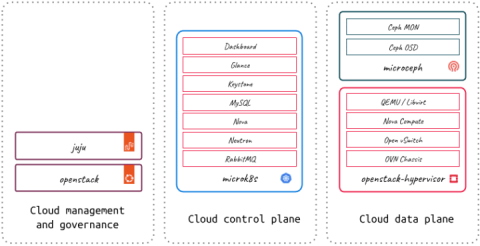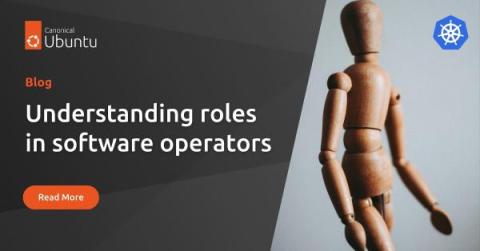Driving towards Environmental Parity and Software-Defined Vehicles with EB corbos Linux - built on Ubuntu
As the automotive industry continues to advance into the world of high-performance computing (HPC), it becomes increasingly crucial to achieve environmental parity for seamless software integration. In this blog post, we will explore the synergy between Elektrobit and Canonical at the core of ‘EB corbos Linux – built on Ubuntu‘ in the context of automotive computing.


